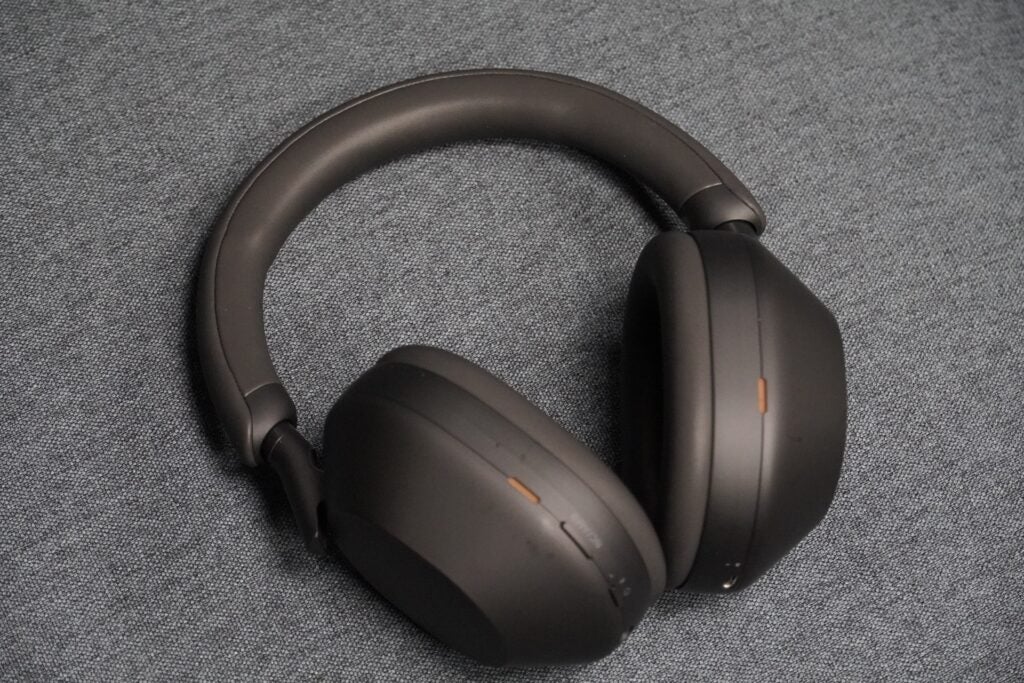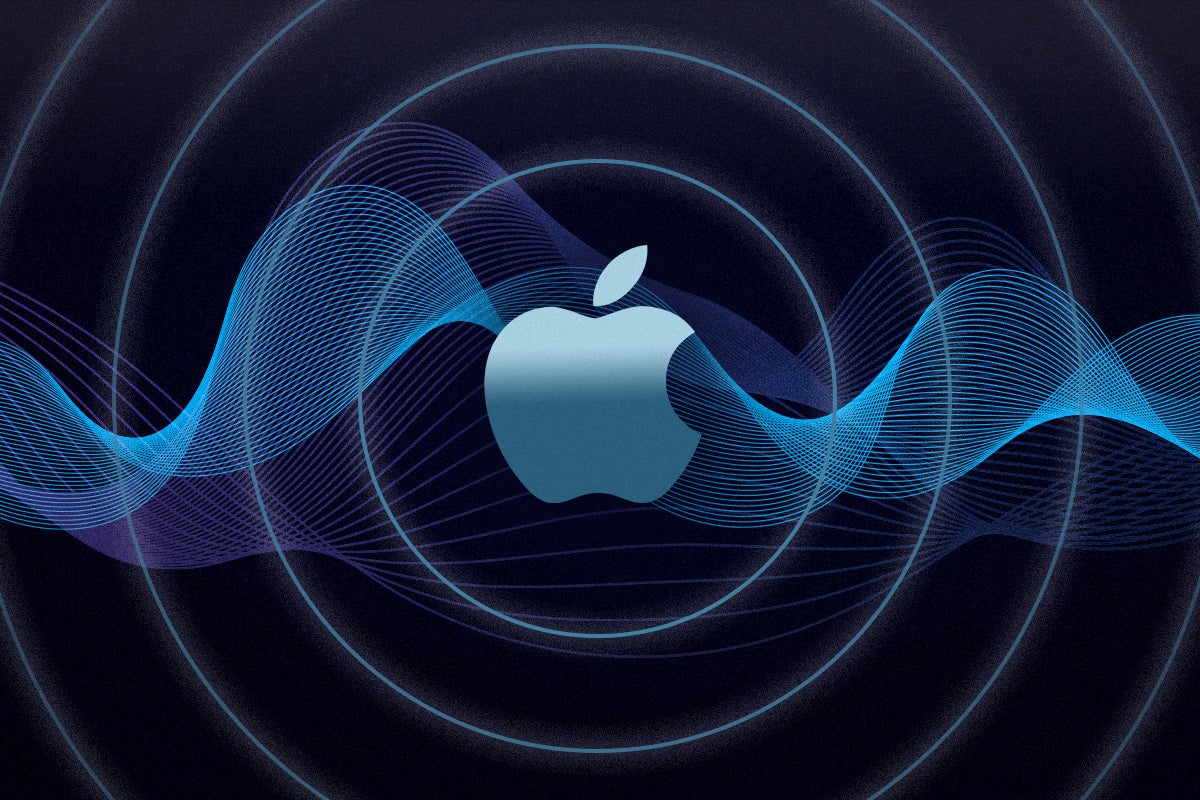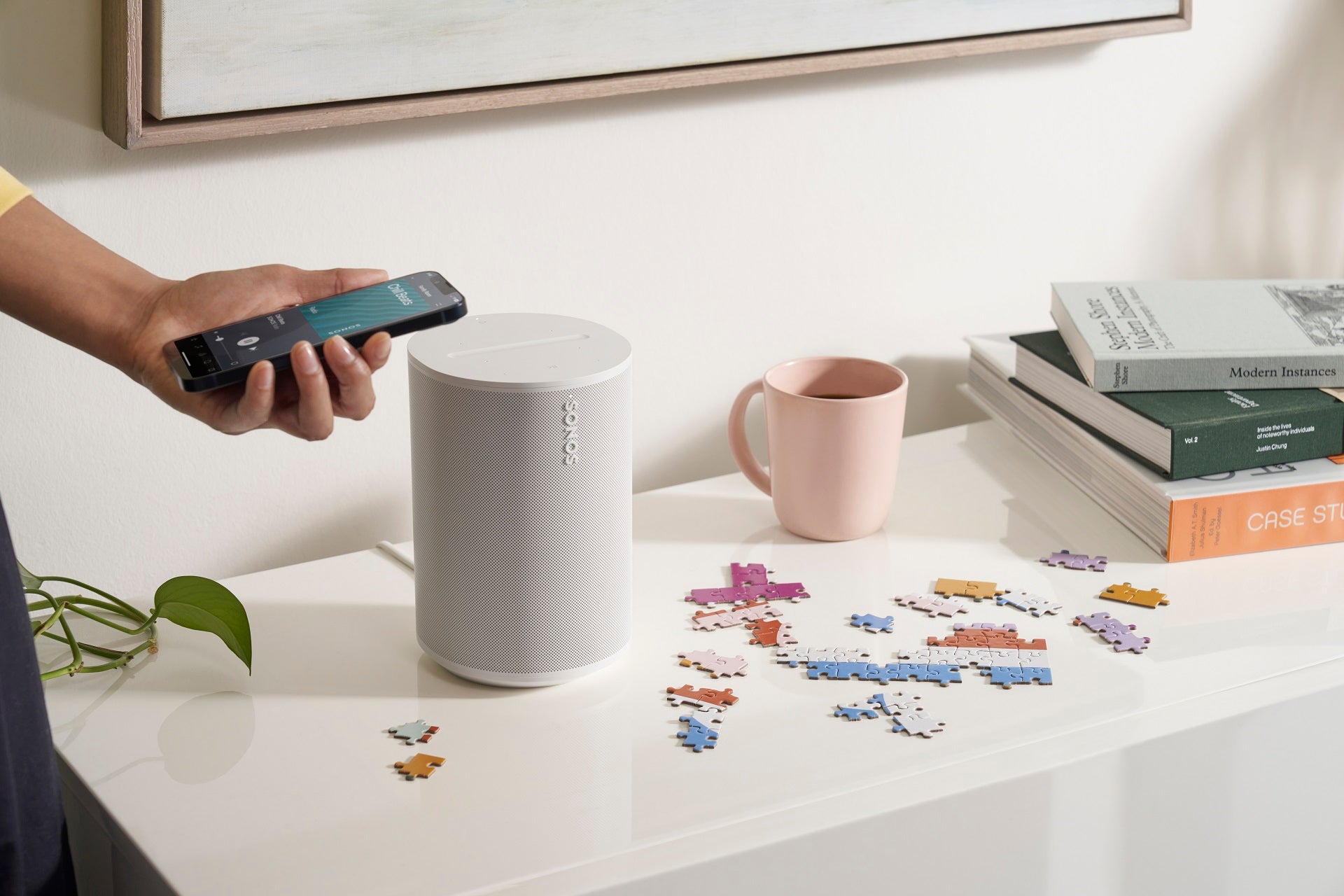What is ANC?

We’d be surprised if you haven’t come across the term ANC in the headphone world. It is one of the most popular technologies currently in use.
But if you don’t know what it is then you’ve landed on the right article. ANC is a tech that first emerged on more expensive headphones but can be found on cheap headphones that cost £50. Sometimes you want a slice of piece and quiet, and that’s what ANC headphones can provide.
What is ANC?
ANC stands for Active Noise Cancellation. This is different from passive noise cancellation or noise isolation, which is reliant on the headphone’s design in scrubbing away external noises. Passive noise cancellation is sometimes mistaken or misinterpreted to mean the same as active noise cancellation, but that is not the case.
Active noise cancellation works on top of a headphone’s noise isolating design. It uses microphones in each earcup (or earbud) to detect the frequency of the sound that is coming at the wearer. The ANC processor inside the headphones creates an inverse wave (opposing) to cancel any noises. Depending on how good the noise cancellation is, you can get very impressive performances or you can get a performance that leaves you a little wanting.

And there are different type of noise cancelling to consider to. The most powerful is hybrid noise cancelling, but we’ll get to that later. First off is feedforward noise cancellation.
Feedforward uses a microphone placed on the outer edge of the ear cup, and it analyses the noise heading towards it and creates an anti-noise signal before sending if off to the headphone’s speaker to block the noise. As it’s outside, it is better suited to reducing high frequency tones, but this tactic is more sensitive to wind noise and potentially less accurate, since it’s not dealing with noises that the listener can actually hear.
Feedback noise cancellation is, in a way, the opposite of the feedforward approach. The microphone is placed inside the earcup and in front of the drive, and this type of suppression hears the same noises the listener can, and is more capable of blocking a broader range of frequencies better, though it is weaker against high frequencies.
And so a hybrid method of noise cancellation is a combination of both feedfoward and feedback methods, using microphones both inside and out to tackle noises across the frequency range and dispel. Hybrid noise cancellation tends be more expensive, but the choice of which is used is not always down to cost.
Jabra use feedforward ANC for some of their models because the primarily method of suppressing noises is through its noise isolating fit. Other companies, such as Bose and Sony, rely on a hybrid model and that tends to produce the best performance if you’ve got excellent processing to go along with the microphone set-up.
So that is what active noise cancellation is and does. If you go on lots of journeys, work in a busy environment or live in a busy city, they are often the headphones of choice for some peace and quiet.








